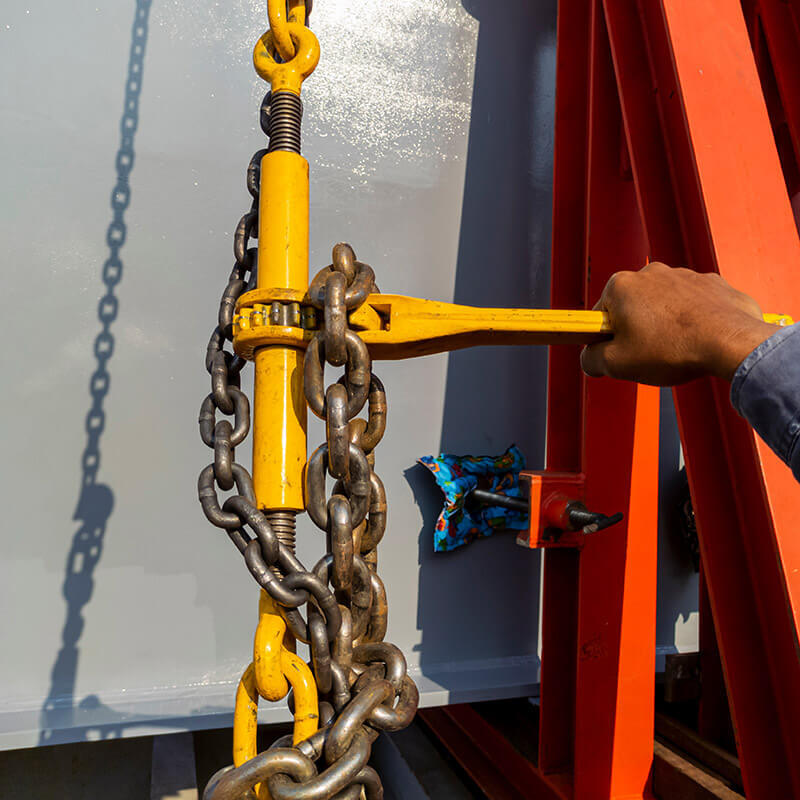Marine Rental Equipment
Bishop Lifting's Offshore Rentals team is one of the largest providers offshore construction rental equipment for offshore, marine, subsea, dredging, and diving contractors. We know that safety and quality products are mandatory in the offshore energy sector, and we strive to provide the most reliable rental equipment, products, services, and solutions for your projects. We have a large fleet of offshore rated rental equipment, including air tuggers, jet pumps, hoists, pipe slings, rigging accessories, air compressors, cargo baskets, and welding machines ready for rent.
For over 40 years, we have built our reputation on high-quality, rugged, and dependable marine construction equipment. Our team of experienced professionals put customer service first, and we provide and encourage training on our equipment with every customer. Our equipment is designed to meet and exceed current industry standards, and we will continue to be the leader in “Total Customer Satisfaction.”
Morgan City, LA (985) 384-2004
Broussard, LA (337) 524-1000
Golden Meadow, LA (985) 475-5777
Land Rental Equipment
Bishop Lifting's Industrial Rentals team provides a wide range of standard and specialty lifting and rigging equipment including the newest products in the marketplace allowing you to use the proper equipment on a case-by-case application. Our Industrial Rental Fleet is stocked with Modulift Spreader Bars, Crosby Shackles, Air Chain Hoists and Trolleys, Air Winches (Tuggers), Manual Lever Chain Hoists, Hand Chain Hoists, Electric Hoists, Beam Clamps, Load Rolling Skates, Hydraulic Cylinders, Gantry Cranes, Skip Pans, Material Baskets, and Personnel Lifting Baskets.
Whether you are involved in a refinery turnaround, construction capital project, power plant outage, or performing repairs at a shipyard, we have the highest quality lifting and rigging equipment available. When getting it right, and when you need it matters, Bishop Lifting Rentals is your best solution.
Angleton, TX (281) 595-4940
Baton Rouge, LA (225) 752-4884
Vanport, PA (724) 824-3709

